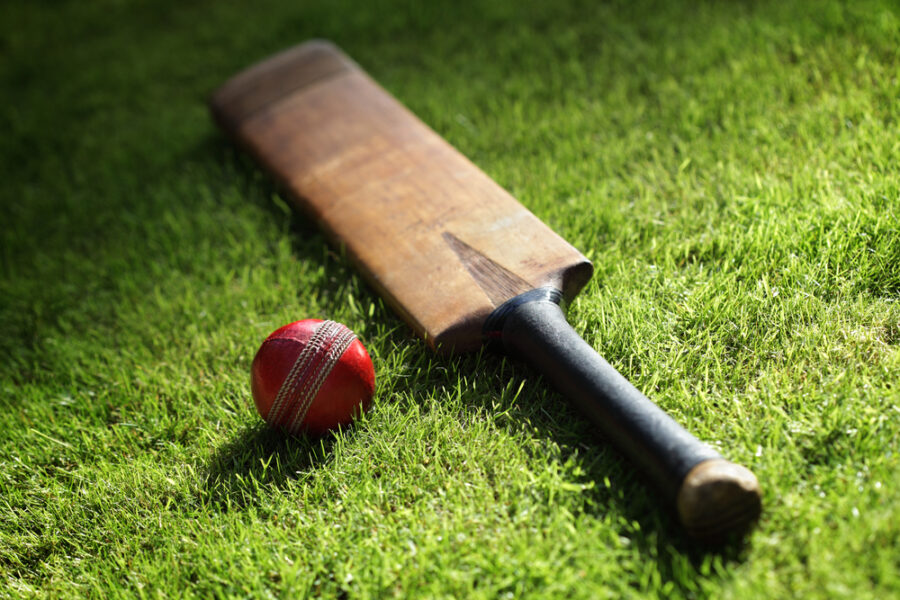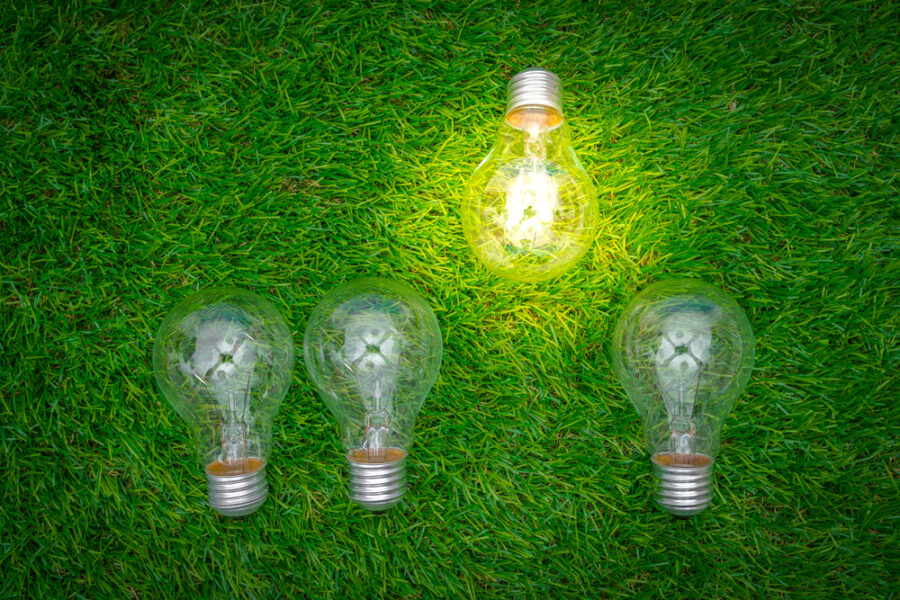If you’re planning to install artificial turf in your yard, you’ll want to know what to expect. Here are some steps to artificial turf installation: Preparation of the sub-base for the turf, Common infills for artificial turf, and Tools you’ll need for the job. Regardless of your experience level, there are a few general steps you can take.
Cost of installing artificial turf
The cost of installing artificial turf varies depending on the area to be covered and the type of turf to be installed. It can also depend on the number of square feet to be covered and the complexity of installation.
Larger installations will typically cost more than smaller installations. Depending on the location and type of lawn, the cost of installing an artificial lawn can range anywhere from $3 to $12 per square foot. However, prices will typically be lower in the countryside and more expensive in more populated areas.
Another factor that can add to the cost of installing an artificial lawn is debris removal. After excavation, debris like rocks, tree stumps, and dirt must be removed. You could save money by removing debris on your own. Click the link: https://www.wikihow.com/Remove-Tree-Stumps for more information on how to remove tree stumps.
Some pros will include this in their labor costs, while others will charge separate fees for this service. In addition, many artificial grass installation companies charge for the removal of these items as part of their installation costs.
Artificial lawn installation is becoming a popular synthetic surface for sports fields and other areas where durability and safety are paramount. Costs vary significantly based on several factors, including the size of the yard, the type of lawn, and the manufacturer.
Luckily, there are many online resources that can help you estimate the cost of installing artificial grass. Using a calculator, you can estimate the cost of installation in your area.
Unlike natural grass, an artificial lawn is very durable and can withstand a great deal of foot traffic. It can also be laid over a concrete or asphalt surface. It is used in many public areas, including arenas and sports venues. The first artificial lawn was installed at the Los Angeles Memorial Coliseum and West Los Angeles Sports Arena in 1966.
Besides its durability, artificial lawns can also be environmentally friendly. It uses less water and prevents flooding. It is also odorless and chemical-free. It requires minimal maintenance and pays for itself in time.
Common infills for artificial turf
When installing artificial grass, there are several different infill materials that can be used. These materials can add extra cushioning to the artificial grass and help prevent it from shifting or bulging. Some common infill materials include crumb rubber and silica sand.
Grass infill is an important part of the installation process. These materials are inserted between the fibers and blades of the man-made grass. They help the grass fibers stand upright after pressure and protect the backing from UV rays. Click here for more information on UV rays. While these materials can help the grass stay level, the type of infill you choose will depend on the conditions of your installation.
Sand is another popular material used in man-made grass. It has a smooth texture and is antimicrobial. Silica sand is inexpensive and durable, which makes it a popular choice for a front or back yard. It also helps keep the grass blades upright. Both materials work well in a wide variety of applications. Whether you need a softball court, tennis court, or soccer field, there’s a man-made grass material that’s perfect for you.
Using the proper infill material will make your grass more comfortable to walk on and can add bounce and padding. It can also help provide drainage, which is important in an area where children play and where rain is heavy. It can also extend the life of the new grass by minimizing wear and tear on the surface.
Sand is the cheapest and most common infill material used in man-made grass installations. It’s also very porous and keeps the grass cooler in direct sunlight. However, it’s not ideal for primary infill and should be used as a secondary infill. If you’re looking for a more durable material, you may want to go with rubber or silica sand.
Another popular type of infill material for man-made grass installation is crumb rubber. Made from recycled tires, this product provides a durable infill material that is easy to clean. However, it also traps odor and heat, so you should be careful while choosing a material for your man-made grass installation.
Tools needed for artificial turf installation
If you’re installing artificial turf for your backyard, you’ll need a few tools to ensure a smooth installation. A water hose can help to rinse and refresh the turf. You’ll also need a mild household detergent and a sponge mop to remove spills and pet waste. Alternatively, you could contact a professional like Allegiance Turf to handle your installation. This will streamline the process.
A box cutter is another essential tool for cutting through the turf material. A utility knife will not do as good a job, so a razor cutter is recommended.
A sharp Stanley knife is ideal for cutting the turf. Retractable Stanley knives are safer and make cutting joints simple. You’ll also need joining tape for securing pieces together. Using the wrong adhesive can damage the fibers. Lastly, a carpet knee kicker can help stretch the turf.


Leave a Reply